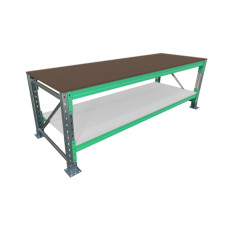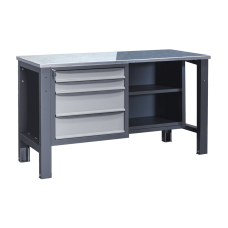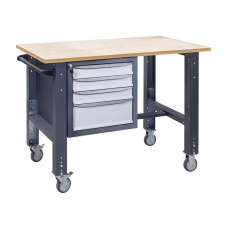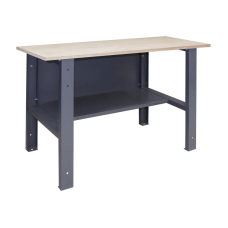The perfect workshop table: How to find the right one?
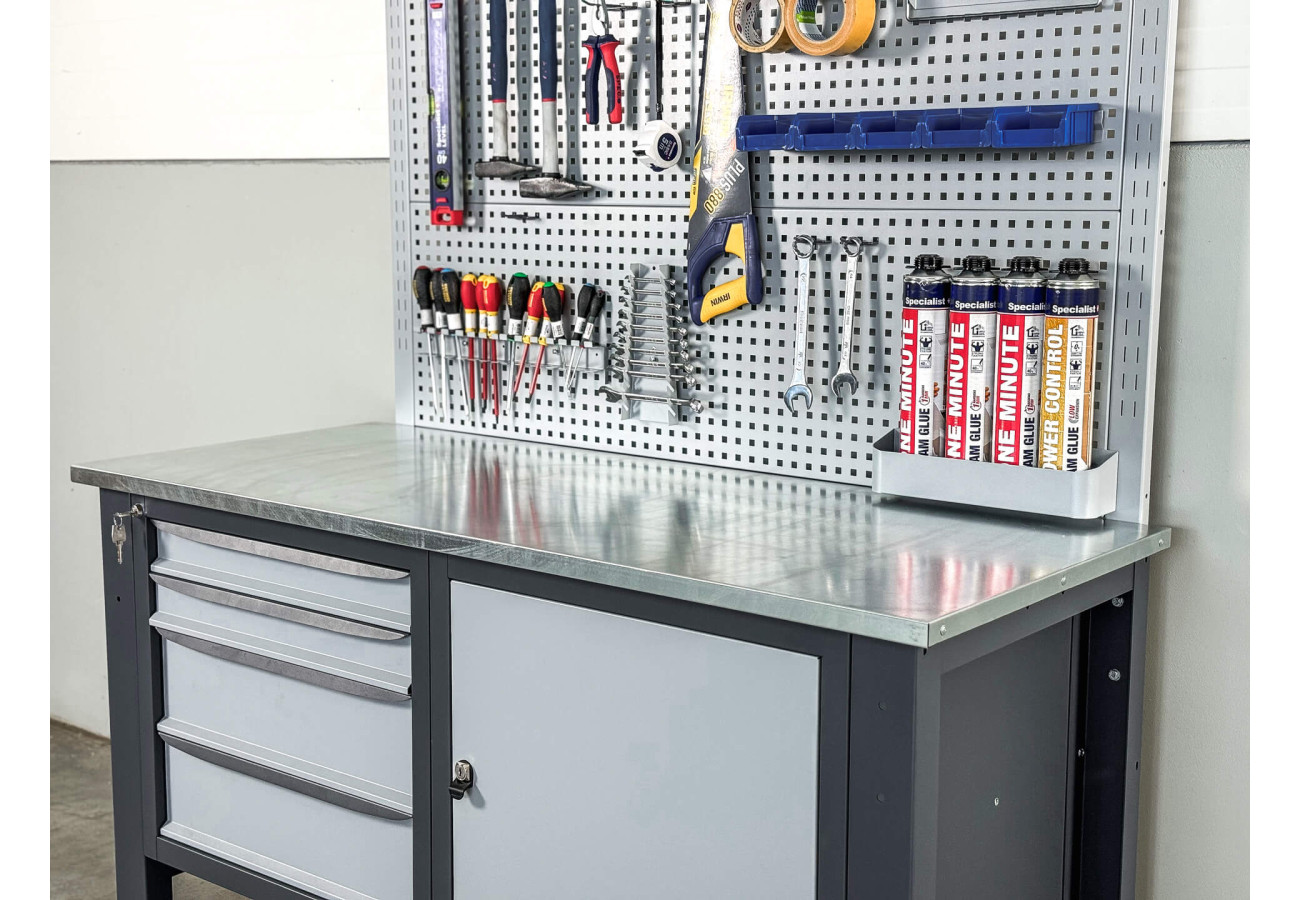
If you are someone who regularly works in a workshop or garage, you know how important a good workbench is. It’s the tool that supports all your work, so choosing it should be done with great care. However, it’s easy to make mistakes when selecting a workbench, and these mistakes can be costly – both in terms of time and finances. In this article, we will look at the most common mistakes made when choosing a workbench and provide practical tips on how to avoid them.
1. Undervaluing the table's durability and stability
Unsuitable material for heavy work
One of the most common mistakes is assessing the table’s durability and stability based solely on appearance or price. It may seem that if a table is cheap and looks good, it will be sufficient for daily tasks. However, when working with heavier tools or materials, the table may start to wobble or, in the worst case, even collapse.
Pay attention to materials and construction
Stability is essential, especially if you plan to do heavy work or use large loads. Tables with steel frames are durable and provide greater stability than lighter materials such as aluminum or thin wood.
GUMI offers workbenches with various load capacities:
- Light-duty – designed for lighter tasks and daily loads where both work surface and additional storage are needed, but large load capacity is not a priority. The work surface is attached to drawer blocks, providing an overall load capacity of 300 kg.
- Heavy-duty – built to withstand heavier weights and larger loads. Usually used in places where constant and intensive work with heavy objects or materials is required. The table has separate legs for support, ensuring a load capacity of at least 600 kg.
- Large-scale workbenches – designed to withstand very large weights (up to 3000 kg), making them ideal for heavy work such as assembly and other industrial activities.

2. Inappropriate table size and shape
A table that is either too large or too small
Another common mistake is choosing a table that is either too large or too small for the work you plan to do. A table that’s too large can take up too much space in the workshop, leaving less room for other tools and movement. On the other hand, a table that’s too small may limit your working options and cause discomfort when trying to handle larger projects.
Evaluate the space and your work needs
Before choosing, assess the space where the table will be placed and consider what work will be done on it. If you mainly work on smaller projects or parts, a smaller table might be more suitable. If you handle larger projects or use many tools, choose a larger table that will provide enough space for everything you need.
GUMI offers workbenches of different widths:
- Light-duty – from 1200 to 1800 mm (the plywood surface size can be customized to any client needs);
- Heavy-duty – 1500 mm; 2100 mm;
- Large-scale workbenches – standard sizes range from 1850 to 4000 mm, but the table height and surface size can be adjusted to meet user needs.
3. Ignoring ergonomics and mobility
Discomfort and limited workspace flexibility
Ergonomics is often overlooked, but it’s extremely important if long hours are to be spent at the table. Choosing the wrong work surface height can cause back pain, shoulder strain, or other discomfort. Additionally, a stationary garage table can limit workspace flexibility, making it difficult to rearrange or move the table.
Choose an ergonomic and mobile table
- Paying attention to ergonomic requirements is crucial for ensuring comfort during long work hours. Height-adjustable tables allow you to change the height to suit different tasks and body positions. This will help maintain proper posture and avoid long-term health problems.

- Mobile tables with wheels provide workshop flexibility – they can be easily moved and adjusted to different work needs. Wheels with locking functions ensure stability when the table is in use.

4. Inefficient storage options
Insufficient space for tools and materials
In a workshop, there are always many tools, parts, and materials that need to be stored for easy access. Choosing a table without storage options can lead to chaos and wasted time searching for necessary tools or accessories.
A table with integrated storage options
Look for a table that offers storage solutions such as drawers, shelves, or tool holders. Such mobile drawer units will help keep the workspace clean and organized, ensuring that everything you need is at hand. Mobile tables with storage options are another good choice as they can be easily moved and arranged according to changing needs.

5. Incorrectly selected table tops
Unsuitable surface for specific work
Many people choose a table surface without considering its suitability for the specific tasks at hand. For example, working with chemicals or heavy loads requires particularly durable materials, while other tasks require high precision and delicacy.
Choose a suitable table surface based on the type of work
Different table surface materials offer different benefits:
- Moisture-resistant plywood 27 mm: made from several layers of wood veneer, glued together with special moisture-resistant glue. This makes the material very durable and suitable for various jobs, especially in environments where water or high moisture levels may occur.
- OSB 25 mm with galvanized steel coating (1 or 2 mm): OSB (oriented strand board) consists of wood fibers arranged in layers. When coated with galvanized steel, the surface becomes significantly more resistant to scratches, rust, and mechanical wear. Galvanized steel is corrosion-resistant, making this table ideal for places where it may be exposed to scratches, heavy loads, or moisture. The 1 mm coating is good for standard tasks, while the 2 mm coating offers additional durability for heavy tasks.
- OSB 25 mm with stainless steel coating (1 mm): stainless steel is well known for its high resistance to rust and corrosion, making it an ideal material for surfaces exposed to moisture or chemical processes. OSB with a 1 mm thick stainless steel coating is excellent for work in wet environments or where resistance to chemicals and corrosion is required. Stainless steel also provides a highly durable, easy-to-clean surface that remains intact over time.
- OSB 25 mm covered with rubber: a unique solution that provides good grip and protection against slipping. This type of table surface is particularly suitable for tasks requiring a surface with cushioning or protection from damage, such as when working with fragile materials or parts that can easily be damaged. The rubber coating also offers impact and wear resistance, as well as extra protection against chemicals.
- OSB 25 mm with powder-coated steel surface (2 or 4 mm): OSB provides a durable base, and the steel coating enhances the table surface’s resistance to wear and scratches. Powder coating adds extra protection against rust and corrosion, as well as making it easy to clean. It is perfect for workshops where the surface is exposed to heavy use, such as handling heavy objects.
- Oak or ash surface: naturally durable materials that provide both functionality and aesthetic appeal. This type of surface adds a luxury feel to the workshop and is ideal for fine, high-precision tasks such as carpentry or craft projects.

Properly chosen metal workbenches are essential for ensuring an efficient and comfortable workspace. When choosing a table, always pay attention to its durability, size, ergonomics, storage options, and surface material. A well-thought-out choice will not only improve your workflow but also help avoid unnecessary expenses and discomfort.
If you need help or advice on choosing the best table for your workshop, contact GUMI consultants who will provide professional recommendations and help find a solution that best suits your needs.
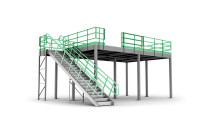 Mezzanines / Intermediate platforms
Mezzanines / Intermediate platforms Shelves and warehouse equipment
Shelves and warehouse equipment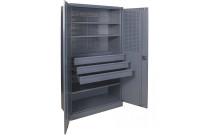 Metal cabinets
Metal cabinets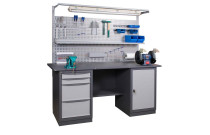 Workbenches, desks and tables
Workbenches, desks and tables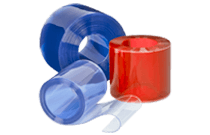 PVC strip curtains
PVC strip curtains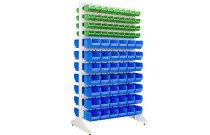 Storage boxes
Storage boxes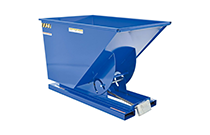 Metal containers and waste management equipment
Metal containers and waste management equipment Floor covering for workshops
Floor covering for workshops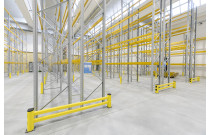 Safety equipment
Safety equipment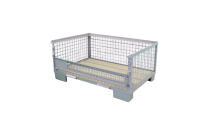 Pallets and pallet accessories
Pallets and pallet accessories Storage racks
Storage racks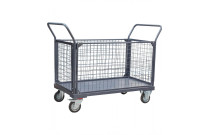 Warehouse and shop trolleys
Warehouse and shop trolleys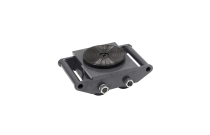 Cargo trolley
Cargo trolley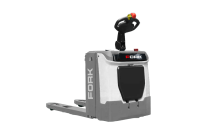 Electric pallet trucks
Electric pallet trucks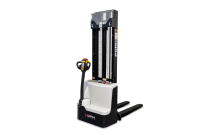 Electric stackers
Electric stackers 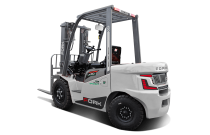 Forklifts
Forklifts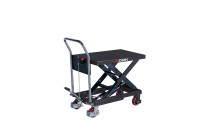 Hydraulic work tables and platforms
Hydraulic work tables and platforms Manual stackers
Manual stackers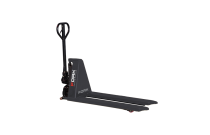 Pallet trucks
Pallet trucks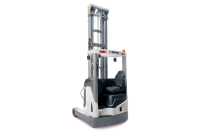 Reach trucks
Reach trucks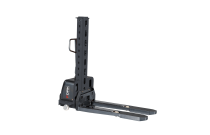 Self-lift stackers
Self-lift stackers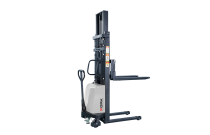 Semi-electric stackers
Semi-electric stackers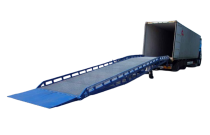 Loading ramps
Loading ramps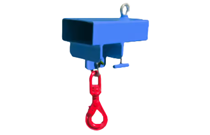 Forklift equipment
Forklift equipment Dual cabinet industrial tables
Dual cabinet industrial tables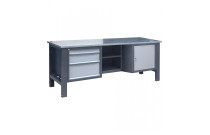 Heavy duty workshop tables
Heavy duty workshop tables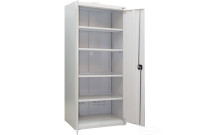 Laboratory cabinets
Laboratory cabinets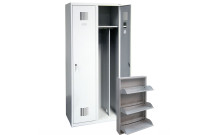 Locker cabinets
Locker cabinets Mobile car service cabinets
Mobile car service cabinets Mobile work tables and drawer units
Mobile work tables and drawer units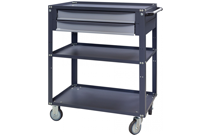 Warehouse trolleys
Warehouse trolleys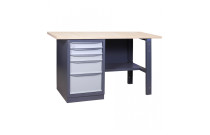 Workshop tables
Workshop tables Stainless steel benches
Stainless steel benches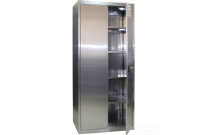 Stainless steel cabinets
Stainless steel cabinets Stainless steel shelves
Stainless steel shelves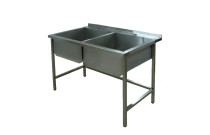 Stainless steel sinks
Stainless steel sinks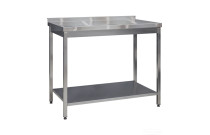 Stainless steel tables
Stainless steel tables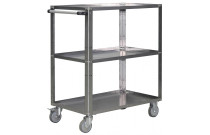 Stainless Steel Work Trolleys
Stainless Steel Work Trolleys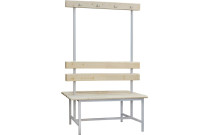 Changing room benches
Changing room benches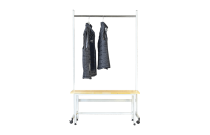 Clothing racks
Clothing racks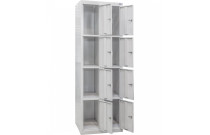 Compartment cabinets
Compartment cabinets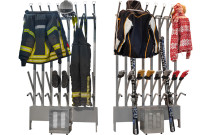 Equipment for drying clothes
Equipment for drying clothes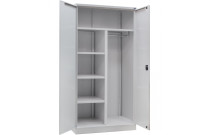 Household lockers
Household lockers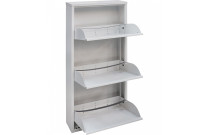 Shoe cabinets
Shoe cabinets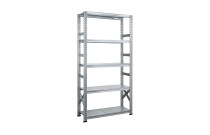 Universal metal shelves
Universal metal shelves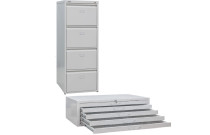 Filing cabinets
Filing cabinets Key cupboards
Key cupboards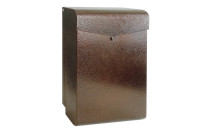 Mailboxes
Mailboxes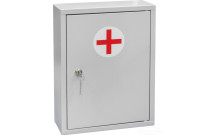 Medicine cabinets
Medicine cabinets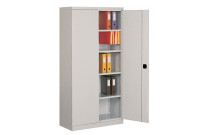 Office storage lockers
Office storage lockers Server cabinets
Server cabinets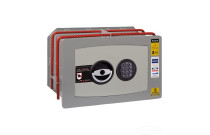 Built-in safes
Built-in safes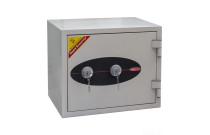 Fireproof anti-theft safes
Fireproof anti-theft safes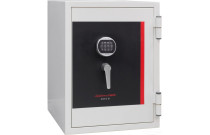 Fireproof safes
Fireproof safes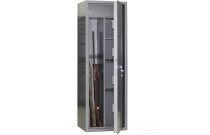 Gun cabinets
Gun cabinets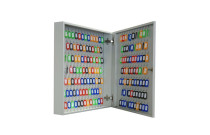 Key cupboards
Key cupboards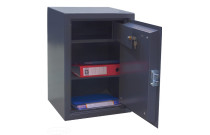 Office safes
Office safes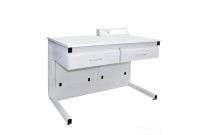 Laboratory desks
Laboratory desks Laboratory drawer cabinets
Laboratory drawer cabinets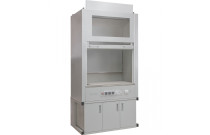 Laboratory fume extraction cabinets
Laboratory fume extraction cabinets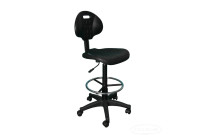 Medical chairs and couches
Medical chairs and couches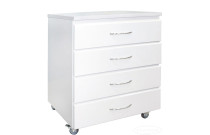 Medical mobile cabinets
Medical mobile cabinets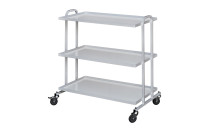 Medical mobile carts
Medical mobile carts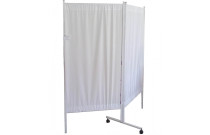 Medical Screens
Medical Screens Medicine cabinets
Medicine cabinets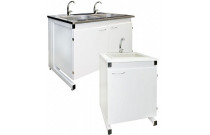 Sinks and their accessories
Sinks and their accessories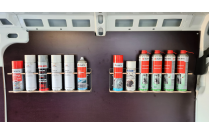 Mobile car service accessories
Mobile car service accessories Mobile car service shelves
Mobile car service shelves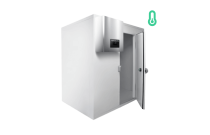 Cold storage rooms
Cold storage rooms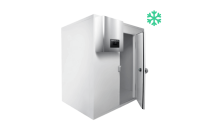 Freezer Rooms
Freezer Rooms Cold panels
Cold panels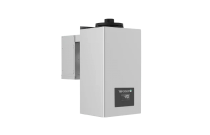 Cooling Units
Cooling Units Garage furniture sets
Garage furniture sets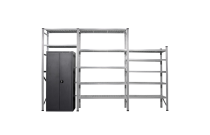 Metal shelf sets
Metal shelf sets Wardrobe sets
Wardrobe sets Checkout Zones
Checkout Zones Refrigeration Equipment
Refrigeration Equipment Retail shelving systems
Retail shelving systems